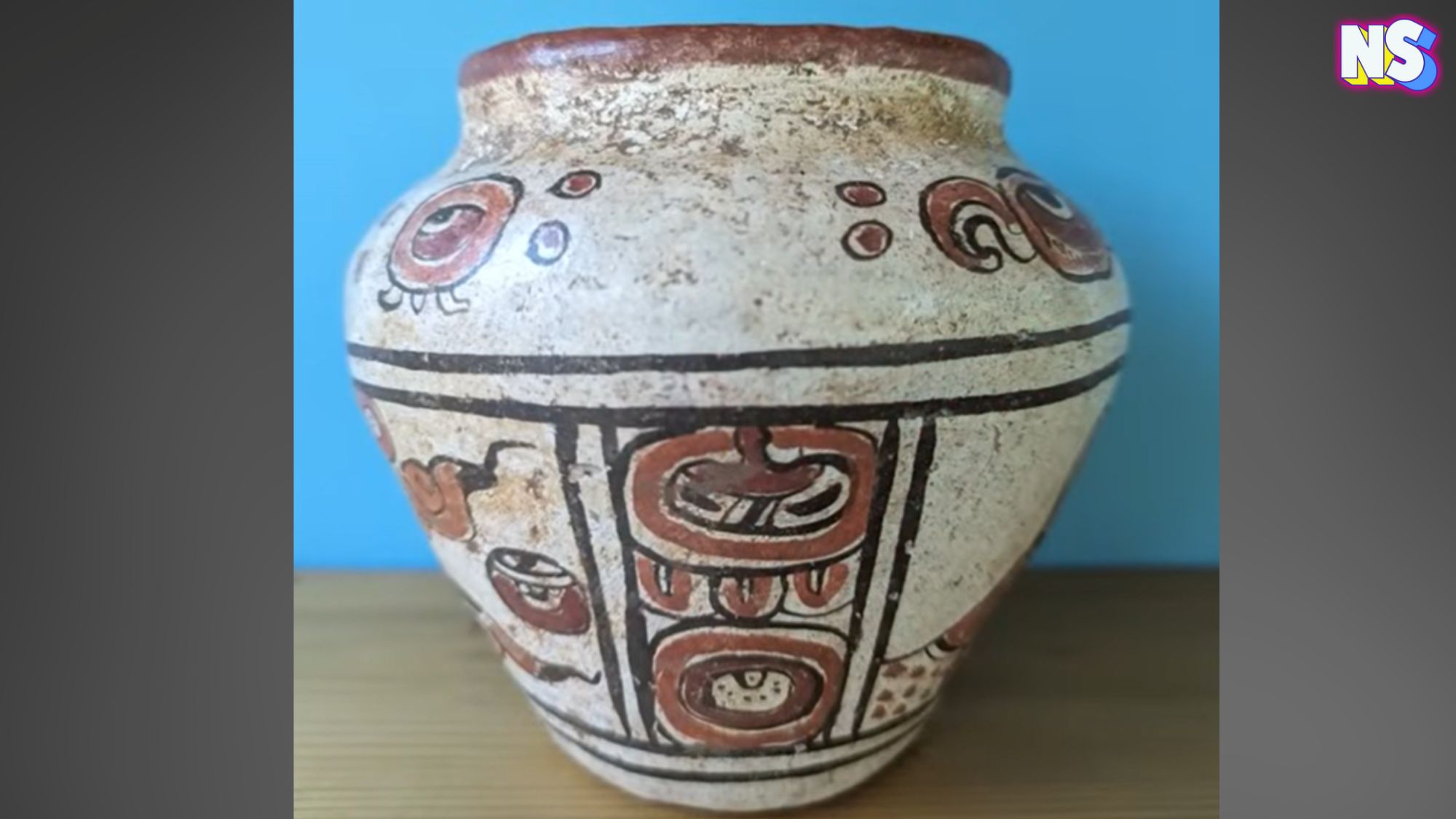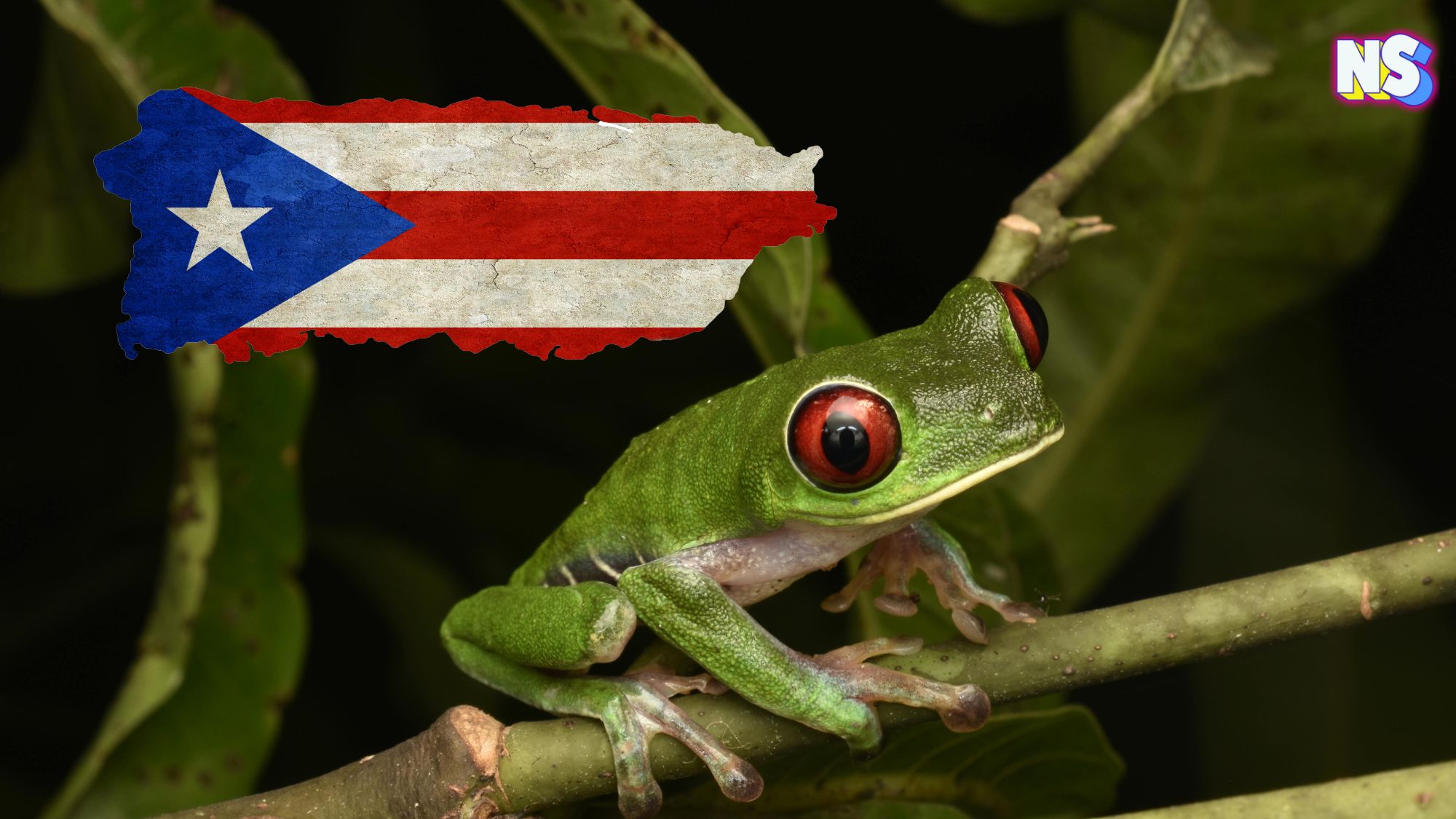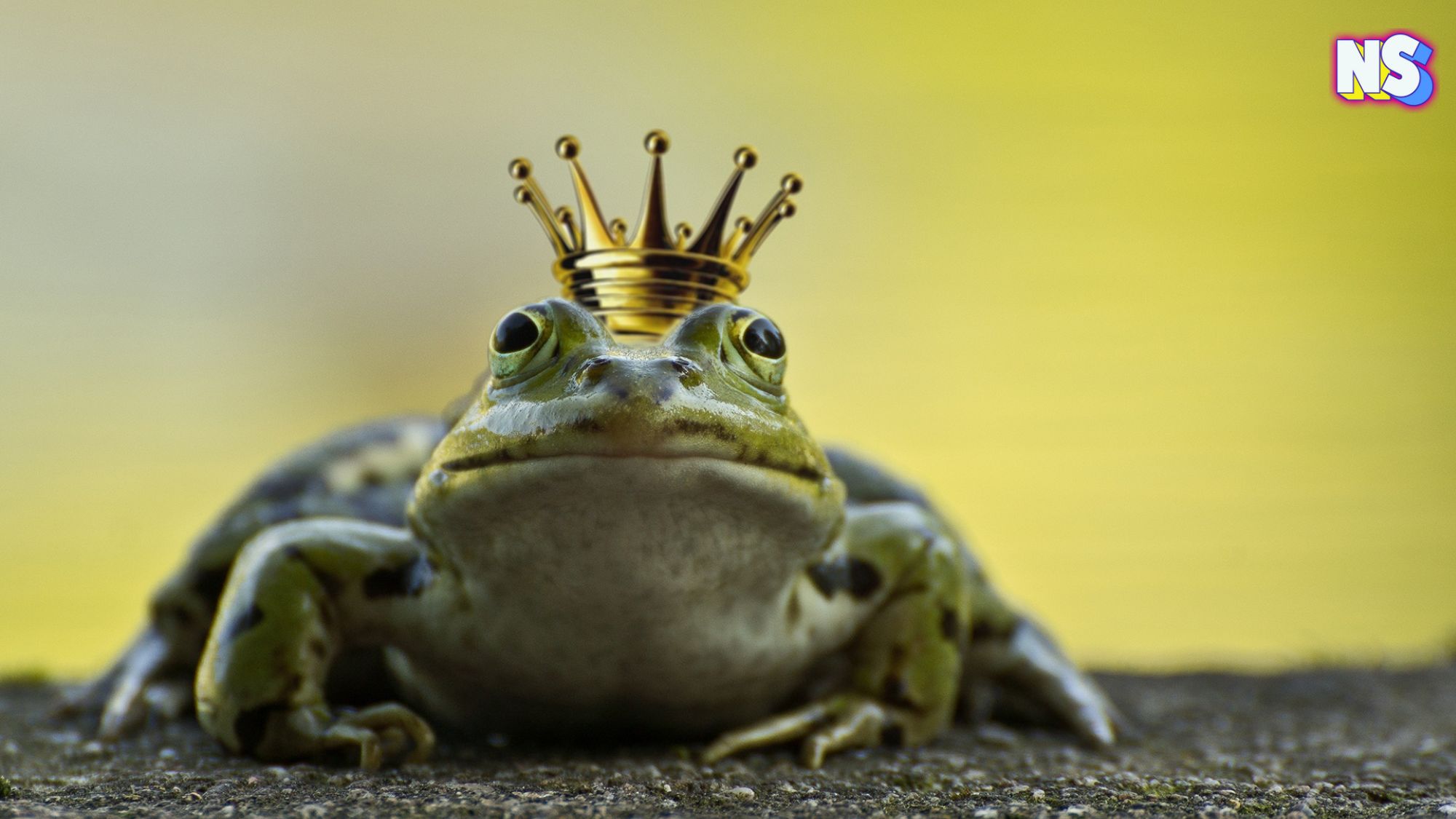About five years ago, Anna Lee Dozier stumbled upon a small ceramic vase in the clearance section of a Maryland thrift store. The item was tucked away on a shelf near the checkout, and she paid a mere $3.99 for it. Little did she know that she was thrifting a priceless Mayan artifact. The unassuming discounted vase would turn out to be the real deal from the ancient Maya civilization, dating back 1,200 to 1,800 years.
Thrifting a Priceless Mayan Artifact
Anna Lee Dozier purchased the vase without any knowledge of its historical significance. She says she bought it because she saw it as a token to honor her work with Indigenous communities in Mexico. “I could see that it had some kind of link to Mexico, in terms of what it looked like,” she told NPR. “Since it’s a country that I work and it’s really important to me, I thought it would be just a nice little thing to take home and put on the shelf and to remind me of Mexico.”
Sure, the mom of three boys had no awareness of the vase’s true origins. How could she? However, she always felt the piece was special. Then, during a work trip to Mexico City, she visited the National Museum of Anthropology and noticed striking similarities between the museum’s vases and her thrift store find.
‘It’s Real, and We Would Like It Back’
Once home, she decided to investigate her thrift store find further. She contacted the Mexican embassy for more details.
Rather than selling it, Dozier wanted to return this piece of history to its rightful home. According to Smithsonian magazine, the Mexican embassy confirmed its authenticity, and she received an email saying, “Congratulations — it’s real, and we would like it back”.
She didn’t consider selling the vase; instead, she felt compelled to give it back. “Giving it back feels so much better than it would if I put it on eBay and I got a bunch of money,” she told her local news station.
Some things, especially those with historical and cultural value, defy quantification. In fact, the vase’s actual worth or market value remains unknown – its significance extends beyond mere dollars. It represents a tangible link to the Maya Classic period (around 250 to 900 C.E.), during which Maya communities made remarkable advancements in architecture, mathematics, and astronomy.
How Did It End Up Outside of Mexico?
This summer, a repatriation ceremony took place at the Cultural Institute of Mexico in Washington, D.C., where it was officially returned to Mexico. Mexico’s ambassador to the United States, Esteban Moctezuma Barragán, praised Dozier’s generosity and recognized the importance of preserving cultural heritage.
“She recognized that a whole country, a whole culture cares about it, and we are deeply in gratitude with her,” he said at the ceremony.
As for the vase’s journey from ancient Maya civilization to a thrift store in Maryland? Well, that remains a mystery. For now, it’s being examined at the Museum of Anthropology. Then it will be part of Mayan collections at another museum in Mexico.
Far away, back in the U.S., Dozier says she’s relieved. Before its return, she had been worried. “ … I have three little boys,” Dozier told WUSA. “I was petrified that after 2,000 years, I would be the one to wreck it!”





